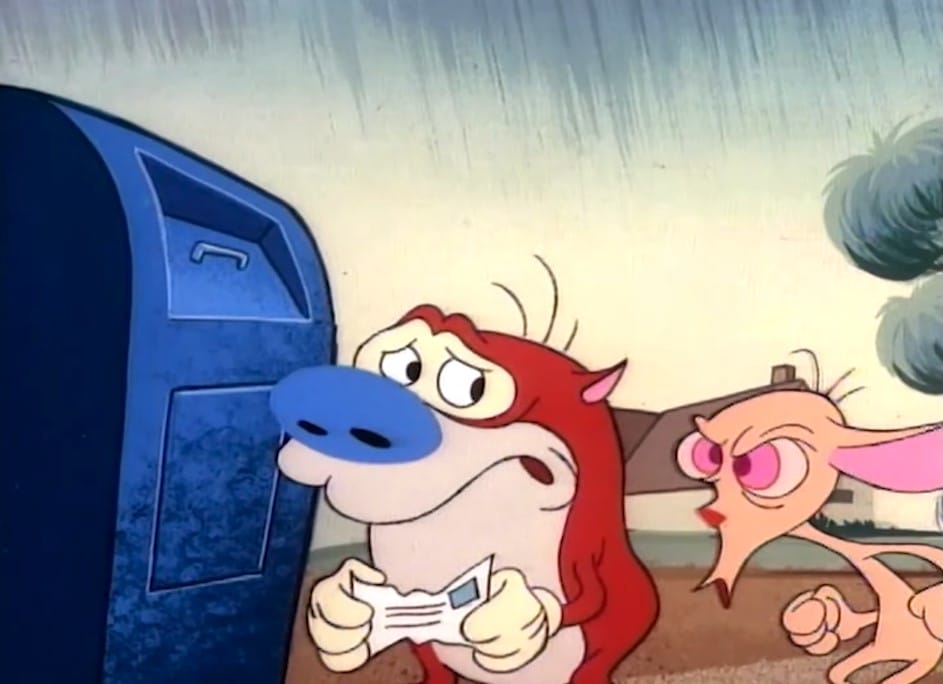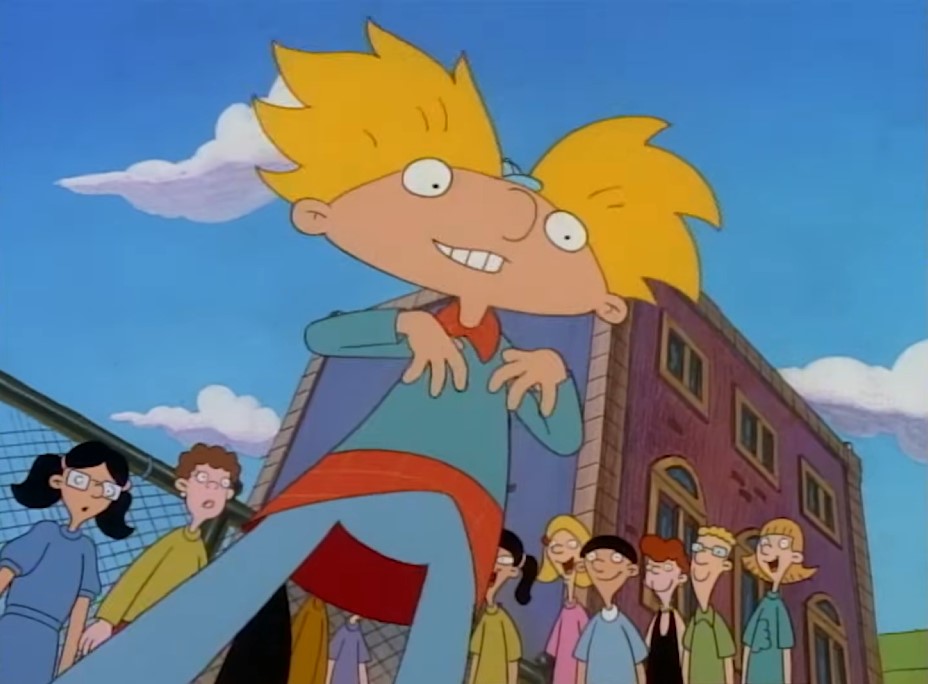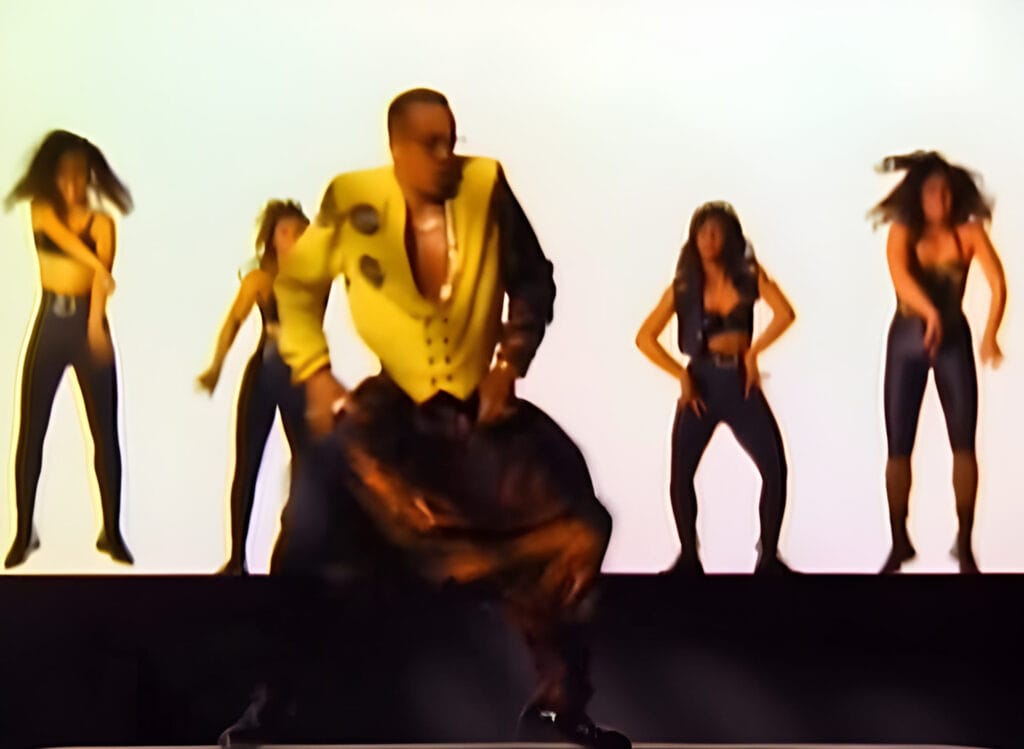

Being prepared isn’t just for boy scouts and survivalists in our fast-paced world anymore. It’s a mindset, a lifestyle choice that prioritizes readiness for whatever life throws our way. Whether you’re an urban explorer, a weekend hiker, or simply someone who values preparedness, your backpack is your trusty sidekick. It’s a portable command center, a miniature survival kit, a repository of backpack essentials that can transform a minor inconvenience into a manageable hiccup, or even save your life in a pinch.
But what exactly are those backpack essentials? What items for backpack should you always carry in your backpack to ensure you’re ready for whatever the day brings? In this article, we’ll delve into the things to keep in backpack that every modern adventurer needs to navigate the urban jungle and the great outdoors. We’ll cover everything from everyday carry backpack must-haves to backpack gear that could make or break your adventure.
So, if you’re ready to level up your backpack packing list and embrace the art of preparedness, let’s dive in and explore these ten backpack essentials.
1. First Aid Kit: Your Lifeline in a Pinch

A compact, well-stocked first aid kit is an absolute non-negotiable among your backpack essentials. Think of it as your personal mini-ER, ready to tackle minor mishaps head-on. It should include the basics: bandages in various sizes, antiseptic wipes to clean wounds, pain relievers for those unexpected aches, and tweezers for splinter emergencies. But don’t stop there. A few extra goodies like blister pads, gauze, and medical tape can be real lifesavers on longer treks. Remember, even a small cut can turn nasty if left untreated, so having a first aid kit on hand can literally save the day.
Pro tip: Don’t just toss it in your backpack and forget about it. Take a few minutes to familiarize yourself with the contents and refresh it regularly. Expired medications and dried-out wipes won’t do you any good when you need them most.
2. Multi-Tool: The MacGyver of Backpack Essentials

Picture this: You’re out in the wild, a loose screw threatens to derail your plans, or maybe you just need to crack open a bottle of trailside bubbly. Enter the multi-tool, the unsung hero of backpack essentials. This compact marvel is like having a toolbox in your pocket. It’s a versatile companion that can be used for everything from tightening screws to fixing minor gear malfunctions. When choosing your multi-tool, look for one that offers a mix of functionality and portability.
A good one typically includes a knife, pliers, screwdriver, and other handy tools. Whether you’re an urban dweller or a wilderness wanderer, a multi-tool is an essential piece of backpack gear that will prove its worth time and time again.
3 . Water Bottle and Filtration System: Hydration on the Go

Staying hydrated isn’t just about quenching your thirst; it’s essential for your well-being, especially when you’re on the move. That’s why a reusable water bottle is a non-negotiable backpack essential. It’s an eco-friendly alternative to single-use plastic bottles and ensures you always have water within reach. But for the true adventurer, a portable water filter is the next-level upgrade. This handy gadget can transform questionable water sources into safe drinking water, giving you peace of mind and saving you money on bottled water.
Whether you’re hiking in the backcountry or navigating a foreign city with dubious tap water, a water filter is a must-have addition to your backpack packing list.
4. Portable Charger: Power Up Your Backpack Essentials

In today’s hyper-connected world, our smartphones are more than just communication devices; they’re our cameras, GPS navigators, entertainment centers, and sometimes even our lifelines. That’s why a portable charger has become an indispensable backpack essential. It ensures that you can keep your devices powered up, even when you’re miles away from an outlet. This is not just about staying connected on social media; it’s about having access to essential information, navigation tools, and emergency services when you need them most.
So, before you head out on your next adventure, make sure you’ve got a fully charged portable charger tucked away in your backpack contents. It’s a small investment that can have a big impact on your peace of mind. If you’re traveling long distances, make sure you have the provisions to keep you safe and comfortable.
5. Headlamp or Flashlight: Illuminate the Darkness

Darkness can be a friend or a foe, depending on your preparedness. Whether you’re setting up camp after sunset, exploring a dimly lit cave, or simply walking home after dark, a headlamp or flashlight is an essential tool that can quite literally light your way. It’s not just about convenience; it’s about safety. Being able to see your surroundings in low-light conditions can prevent accidents and help you navigate unfamiliar terrain.
When choosing a headlamp or flashlight for your backpack essentials, look for one with a bright beam, adjustable settings, and long battery life. Some models even offer additional features like a red light mode for preserving night vision or a strobe function for signaling in emergencies.
6. Snacks: Fuel for Your Adventures

Hunger can strike at the most inconvenient times, especially when you’re on the go. That’s why having a stash of snacks in your backpack is a must. These are not just any snacks, mind you. They’re your fuel, your energy boosters, the things that will keep you going when your stomach starts to rumble. Think trail mix, granola bars, dried fruit, nuts, or even a trusty PB&J sandwich. Anything that’s practically from your list of guilt-free foods is safe to pack as a quick snack.
These backpack essentials can provide a quick burst of energy when you need it most, whether you’re hiking up a mountain, exploring a new city, or simply running errands around town. Remember, a well-fed adventurer is a happy adventurer!
7. Emergency Shelter: Stay Safe in the Elements

Mother Nature can be unpredictable, and even the most meticulously planned adventures can take an unexpected turn. That’s why having an emergency shelter in your backpack is a wise move. It’s your backup plan, your safety net, the thing that can protect you from the elements when things go awry.
A lightweight emergency shelter, like a space blanket or a bivy sack, can provide crucial protection from rain, wind, and cold. It can be a lifesaver if you get caught in a sudden storm or have to spend an unplanned night outdoors. So, don’t underestimate the power of preparedness. Pack an emergency shelter as part of your backpack essentials and rest assured that you’re ready for whatever Mother Nature throws your way.
8. Fire Starter: Spark Your Survival Skills

Fire is a fundamental element of survival, providing warmth, light, and the ability to cook food. Whether you’re camping in the wilderness or simply want to be prepared for emergencies, a fire starter is a crucial backpack essential. There are many options available, from waterproof matches and lighters to fire starters like flint and steel or magnesium sticks. The key is to choose one that is reliable, easy to use, and suitable for your specific needs.
Remember, even if you don’t plan on building a fire, having a fire starter in your backpack can be a lifesaver in unexpected situations.
9. Navigation Tools: Find Your Way

Getting lost is never fun, whether you’re hiking in unfamiliar terrain or navigating the streets of a new city. That’s why having navigation tools in your backpack is essential. A map and compass are the classic tools of the trade, but in today’s tech-savvy world, GPS devices and smartphone apps have become popular alternatives.
Regardless of your preferred method, having a way to orient yourself and find your way back to civilization is a must-have skill for any adventurer. So, before you embark on your next journey, make sure you’ve packed a map, compass, GPS device, or a fully charged smartphone with a reliable navigation app. Your sense of direction (and your sanity) will thank you!
10. Duct Tape: The Universal Fix-It Tool

Duct tape, often referred to as the “universal fix-it tool,” is a true backpack essential that deserves a place in every adventurer’s arsenal. This versatile adhesive can be used for a myriad of purposes, from repairing torn tents and broken gear to creating makeshift bandages and splints. It’s lightweight, durable, waterproof, and surprisingly strong, making it a valuable asset in any situation. Whether you need to patch a hole in your backpack, secure a loose strap, or create a temporary shelter, duct tape is always there to save the day.
So, don’t underestimate the power of this humble yet mighty tool. Add a roll of duct tape to your backpack essentials and be prepared to tackle any challenge that comes your way.
Beyond the Essentials: Personalizing Your Backpack

While the backpack essentials listed above are the foundation of any well-prepared adventurer’s kit, your specific needs will vary depending on your lifestyle, activities, and personal preferences. Consider adding items like a rain jacket, sunglasses, sunscreen, a hat, gloves, a notebook and pen, or even a small book to your backpack contents. These personal touches can enhance your comfort, safety, and enjoyment on any adventure.
Ready to level up your preparedness? Share your own backpack essentials in the comments below and inspire others to embrace the art of preparedness!






































































































































